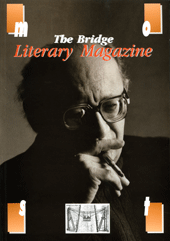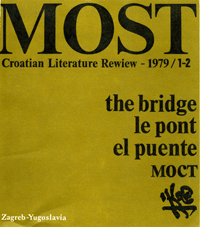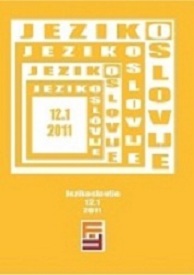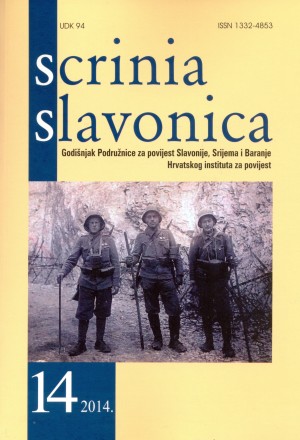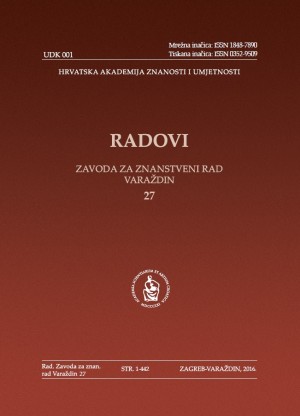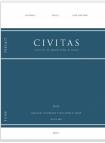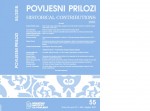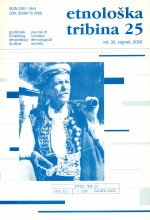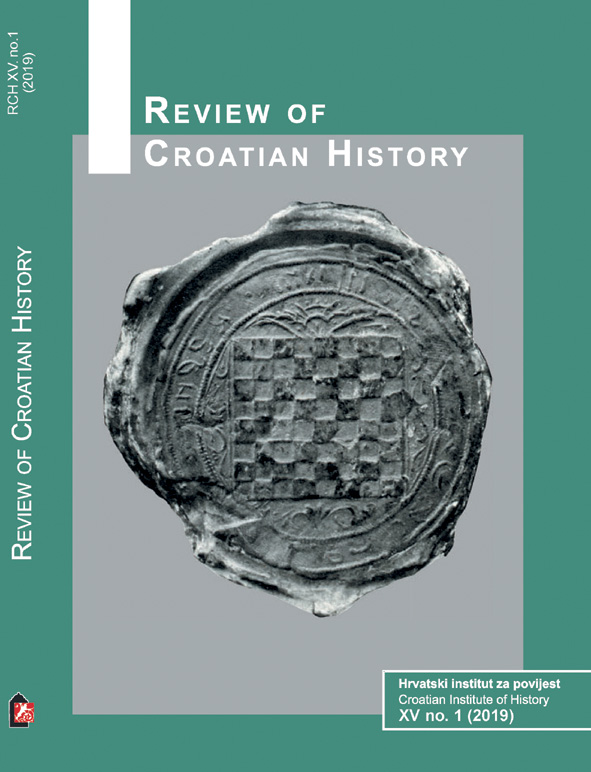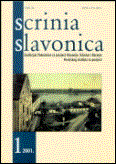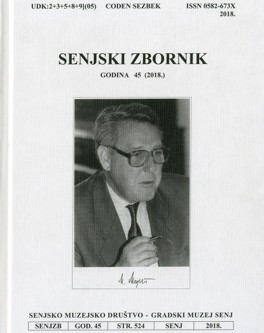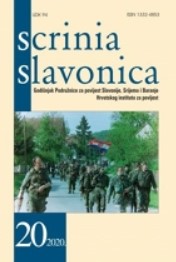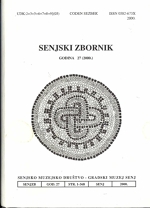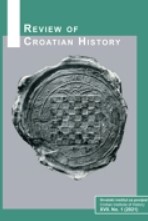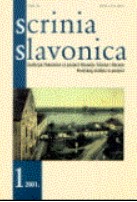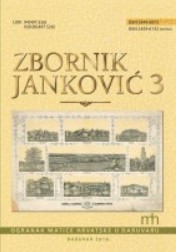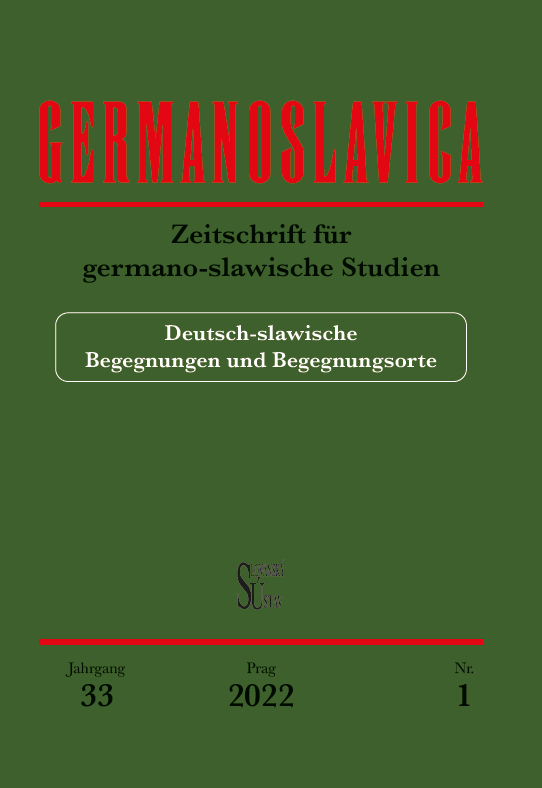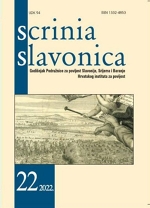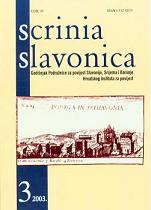
Book Reviews
Kritike, prikazi, osvrti
Povijesni izvori Slavonije, Baranje i Srijema, sv. I, prir. Ive Mažuran, Osijek, 2002. (Zoran Ladić), War in the Early Modern World, 1450-1815, ur. Jeremy Black, London, 1999. (Damir Matanović), Ljudevit Krmpotić, Car Franjo I. u Hrvatskoj 1818., sv. I-II, Hannover-Čakovec, 2002. (Zlata Živaković-Kerže), William Brooks Tomljanovich, Biskup Josip Juraj Strossmayer, Nacionalizam i moderni katolicizam u Hrvatskoj, Zagreb, 2001. (Dinko Župan), Tomislav Markus, Predstavke županija i gradova Banske Hrvatske 1861.-1867. Izabrani dokumenti, Zagreb, 2002. (Mario Kevo), Ivan Peršić, Kroničarski spisi, Zagreb, 2002. (Mato Artuković), Mladen Obad Šćitaroci i Bojana Bojanić Obad Šćitaroci, Dvorci i perivoji u Slavoniji – od Zagreba do Iloka, Zagreb, 1998. (Milan Vrbanus), Branko Zakošek, Brod na Savi – Slavonski Brod. Kulturno-zabavni i sportski život između dva svjetska rata, Rijeka, 2002. (Josip Kljajić), Duško Kliček, Grad Lipik - Fotomonografija: Pozdrav iz Lipika, Lipik, 2002. (Vijoleta Herman-Kaurić), Dragica Gucunski, Osječki perivoji i drvoredi, Osijek, 2002. (Borislav Bijelić), Miroslav Bauer, Nogomet u Strizivojni 1927.-2002., Strizivojna-Ðakovo, 2002. (Zlata Živaković-Kerže) Povijesni prilozi, sv. 22, Zagreb, 2002. (Mario Kevo), Časopis za suvremenu povijest, sv. 34, Zagreb, 2002. (Ivica Miškulin).
More...
